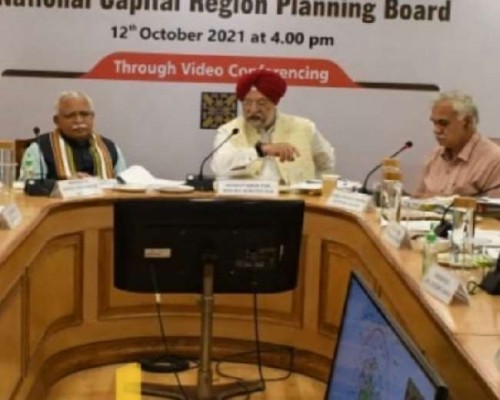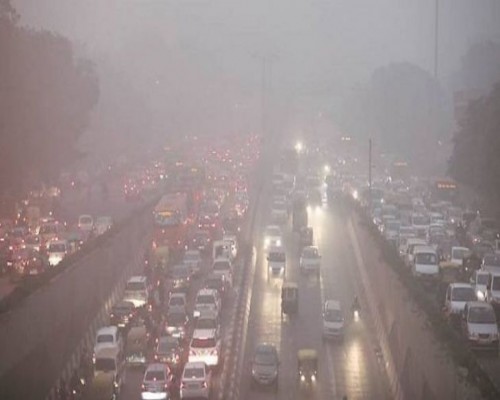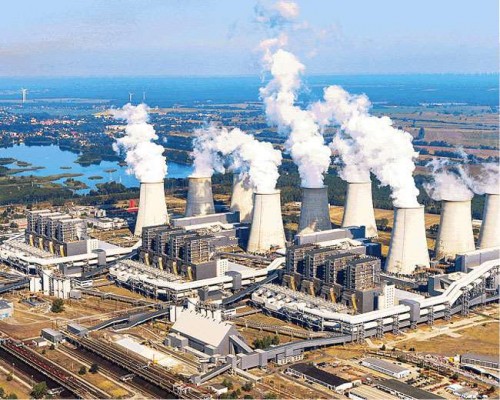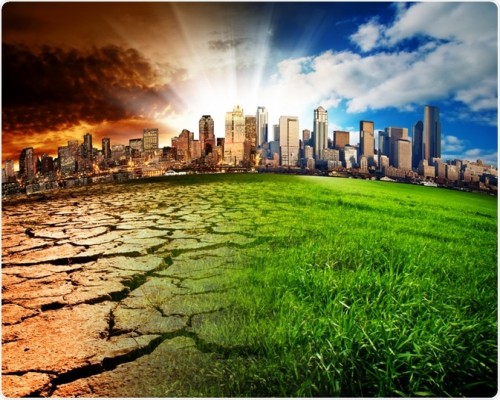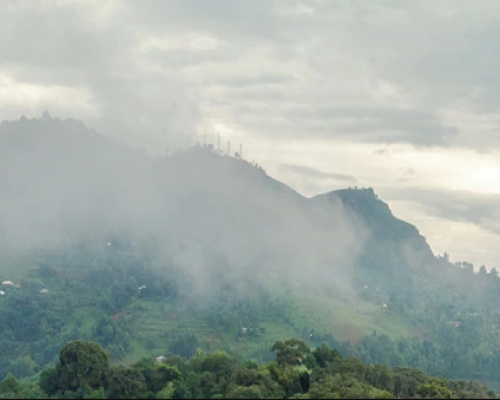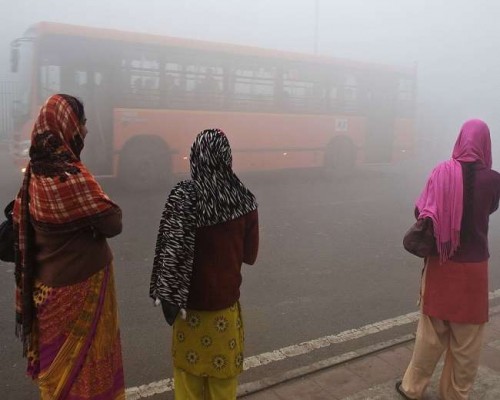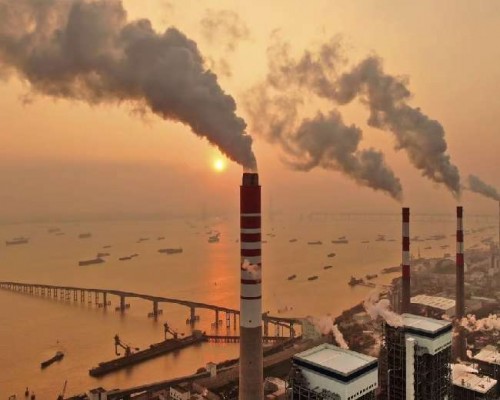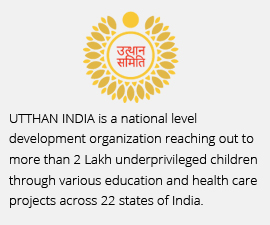The New Great Wall: A Monument to Sustainability

In the expansive stretches of Inner Mongolia, a groundbreaking project is taking shape: the Solar Great Wall. Spanning 400 kilometres and averaging 5 kilometres wide, this innovative venture is a feat of engineering and a forward-thinking approach to combating desertification and harnessing renewable energy.
Launched this year, the Solar Great Wall is designed to generate 100 million kilowatts of electricity at full capacity. This monumental energy production, expected to be reached by 2030, is equivalent to the energy consumption of Beijing in a year and a half. Beyond its energy capabilities, the project aims to significantly mitigate soil erosion in one of the region’s most vulnerable to desertification—the Kubuqi desert, the seventh-largest desert in China.
What sets this project apart is its dual utility. Besides generating electricity, the wall will act as a barrier against the sands, reducing wind erosion and helping preserve soil moisture. Additionally, the space beneath the panels will not go to waste; it will be utilised for planting commercial crops adapted to arid environments, creating a unique synergy between energy production and agricultural development.
This initiative represents a profound commitment to ecological restoration and economic progress, as stated by local government officials. The project's investment and management are undertaken by state-owned companies, ensuring that it aligns with broader national interests without requiring individual investment.
By 2030, the project is also expected to save approximately 12.6 million tons of coal and reduce carbon dioxide emissions by about 31.3 million tons annually. This will significantly contribute to China’s goals for sustainability and reducing greenhouse gas emissions.
Moreover, the Solar Great Wall is projected to stimulate local employment, with about 50,000 jobs expected to be created, offering substantial annual salaries. This initiative not only promises to transform the landscape and economy of Dalad Banner but also
sets a precedent for renewable energy projects worldwide, marrying environmental stewardship with economic opportunity on a pioneering scale.








